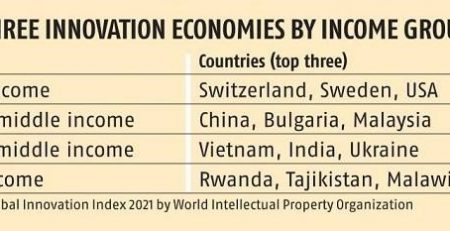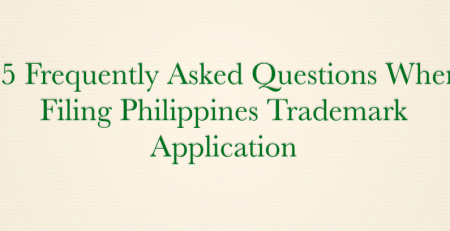USA: Rule Changes Under the Trademark Modernization Act
On December 18, 2021, regulations implementing the Trademark Modernization Act of 2020 (TMA) went into force. The new rules and procedures are comprehensive, addressing a variety of issues of trademark law, including litigation and USPTO practice.
Presumption of Irreparable Harm
The TMA emphasizes that irreparable injury can be presumed in claims for injunctive relief by persons seeking to enforce already registered trademarks through the courts. Since the U.S. Supreme Court’s patent related decision in eBay Inc. v. MercExchange, 547 U.S. 388 (2006), U.S. appellate courts have been divided on whether they extend that ruling to trademark cases.
As a result, there are questions about whether irreparable injury can be imputed in trademark proceedings, and if the full four equitable elements must be considered in each case. The TMA eliminates this distinction and makes it easier for trademark owners seeking preliminary injunctions as well as final infringement determinations to obtain injunctions against infringers.
Challenging Trademarks in the USPTO
There are numerous new mechanisms available to people wanting to contest pending or registered trademarks at the USPTO.
+ Challenging Registered Trademarks – Expungement and Reexamination:
Expungement and reexamination, two new types of administrative actions at the USPTO, can now be used to challenge registered trademarks.
Expungement and reexamination are two new administrative procedures available at the USPTO for challenging registered trademarks. If a petition for expungement establishes a prima facie case, by providing evidence of a “reasonable investigation” showing that the registered mark was never used for the goods and services identified, the proceeding will be instituted. The registrant will get an office action from the examiner informing them of the proceeding. The registrant will have three months to react and provide enough proof of use of the contested goods or services.
Reexamination allows a party to ask for the cancellation of some or all of the goods or services in a use-based registration if the trademark was not in use in commerce with those goods or services on or before the statutorily defined relevant date, which is the application’s filing date. The relevant date is the date of an amendment asserting use or the deadline for submitting a Statement of Use if the underlying application was originally filed as an intent to use application. Within the first five years of registration, a reexamination must be requested.
The challenged goods or services will be cancelled if an expungement or reexamination process is successful, and they will no longer be protected by the trademark registration.
There is no requirement to prove fraudulent intent when using expungement or reexamination proceedings to target any trademark registration that is wrong. Accordingly, trademark registrants should carefully review the accuracy of any claims that its marks are being used in U.S. commerce. For all of the goods and services specified in trademark registrations, claims of usage must be accurate. When some of the listed goods and services are no longer available in U.S. commerce as of the relevant date, those goods and services should be removed.
+ Challenging Pending Trademark Applications – Letters of Protest
The TMA also gives you the legal right to file a letter of protest in the case of a pending trademark application. While the filing of such letters has long been standard procedure, there are now particular guidelines in place for third parties wishing to provide material relevant to a basis for rejection in examination. The TMA gives the USPTO two months to decide on such submissions and states that the Director’s decision on a letter of protest is final and not subject to appeal.
+ Changes to Trademark Prosecution
The TMA reduces the time it takes to reply to an office action from six to three months for persons seeking to obtain or maintain a trademark registration with the USPTO. If applicants require more time, they can seek a fee-based extension of time, which will give them an extra three months to answer. The application will be abandoned, the registration will be cancelled, or the registration will expire if an extension request or answer is not filed within the first three months. This change will not take effect until December 1, 2022, but it should help to reduce the time it takes to file a trademark application.
Overall, the TMA is another step forward in the continuous effort to strengthen trademark operations and regulations, as well as provide avenues for invalid trademarks to be removed from the register.
***Other Articles***
– You could check Required documents of filing trademark in USA here.
– You could see What needs to be done after registering a trademark in US? here.
– You could visit here to see What is use in commerce of filing trademark in USA.
– You could also check here to see Procedure of Trademark in USA.
Contact AAA IPRIGHT: Email: [email protected]
Or sending your inquiry by filling the form:











